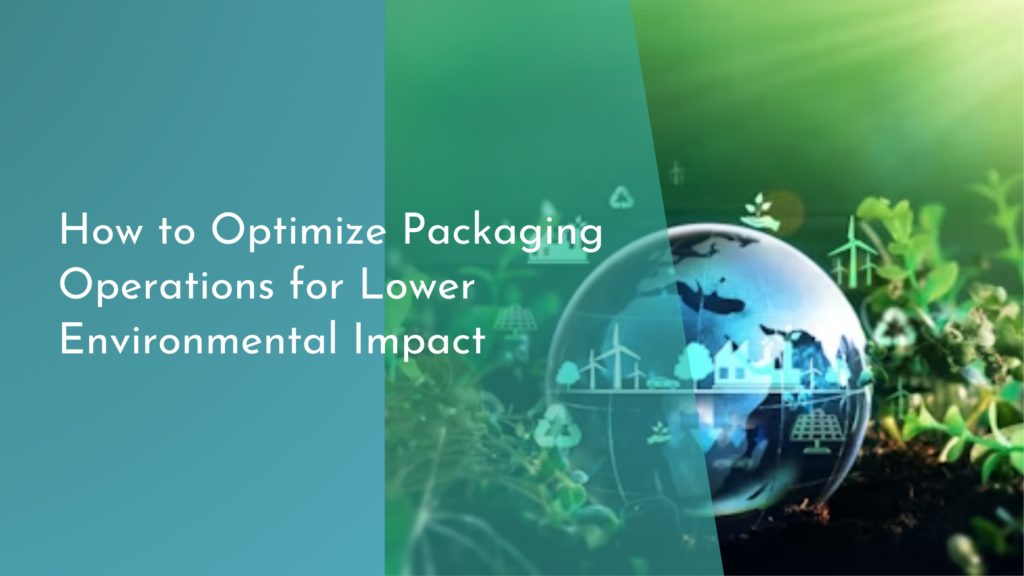Biofabrication: Growing Materials from Bacteria and Yeast
As the world grapples with pressing environmental issues and a growing demand for sustainable materials, an exciting frontier has emerged: biofabrication. This innovative field harnesses the power of microorganisms, such as bacteria and yeast, to create materials that can revolutionize industries ranging from fashion to construction. By working with nature’s own builders, researchers are uncovering new possibilities for eco-friendly manufacturing that could reshape our approach to material production.
Biofabrication not only offers a sustainable alternative to traditional manufacturing processes but also paves the way for a circular economy where waste is minimized, and resources are efficiently used. In this article, we explore the fascinating world of biofabrication, delving into the tiny organisms that play a monumental role, the innovative process of growing new materials, and the potential future impact on sustainability.
Discovering Biofabrication: Nature’s Material Revolution
Biofabrication is an interdisciplinary field that blends biology, engineering, and design to produce materials from living organisms. By tapping into the natural capabilities of bacteria and yeast, scientists are transforming how we think about sourcing and creating materials. The advent of synthetic biology has allowed researchers to modify these microorganisms to produce biopolymers, proteins, and other substances, which can be used to fabricate everything from textiles to building materials.
This approach signifies a material revolution that favors biological over industrial processes. Unlike conventional manufacturing, which often relies on non-renewable resources and generates significant waste, biofabrication leverages the efficiency of nature to create sustainable options. The potential applications are vast, igniting excitement among scientists, designers, and environmentalists alike, as they envision a future where biofabricated materials replace harmful synthetics without compromising quality or performance.
Tiny Organisms, Big Impact: Bacteria and Yeast Unleashed
Bacteria and yeast, though minuscule, possess extraordinary capabilities that make them ideal candidates for biofabrication. For instance, certain strains of bacteria can produce cellulose, a versatile material used in textiles and packaging, while others can generate biopolymers that serve as biodegradable substitutes for plastics. Yeast, often celebrated for its role in baking and brewing, can be genetically engineered to synthesize various materials, including proteins and biofuels, offering exciting possibilities in material science.
The impact of these microorganisms is not simply hypothetical; it’s already being realized in various applications. Companies are emerging that specialize in using biofabricated materials to create sustainable products, such as leather alternatives made from mycelium (the root structure of fungi) and fabrics derived from bioengineered yeast. These innovations highlight the potential of microorganisms to contribute to a more sustainable future, showcasing their ability to transform waste into valuable materials and reduce our reliance on petroleum-based products.
From Lab to Life: The Process of Growing New Materials
The journey of growing new materials through biofabrication begins in the lab, where scientists select and modify specific strains of bacteria or yeast to enhance their material-producing capabilities. This often involves genetic engineering, a process that allows researchers to introduce or modify genes to optimize the microorganisms for material production. Once the desired traits are achieved, the microorganisms are cultivated in controlled environments, where they can grow and multiply rapidly, utilizing simple nutrients to produce biopolymers or proteins.
After cultivation, the next step is to harvest and process the materials. This can involve fermenting the microorganisms to extract the desired substances, purifying them, and then shaping them into final products. For example, cellulose produced by bacteria can be spun into fibers to create textiles or used as biodegradable packaging. The entire process is designed to be efficient and sustainable, minimizing waste and energy consumption. As these lab-grown materials transition into commercial applications, they hold the promise of integrating seamlessly into our everyday lives.
Future Forward: Biofabrication’s Role in Sustainability
As we look to the future, biofabrication stands at the forefront of sustainable innovation. In a world increasingly aware of the environmental challenges we face, the ability to produce materials from microorganisms presents an exciting solution. Biofabrication has the potential to significantly reduce the carbon footprint associated with traditional manufacturing processes, decrease reliance on fossil fuels, and minimize the generation of waste. By embracing these new methods, companies can contribute to a cleaner planet while meeting the growing demand for sustainable products.
Moreover, the future of biofabrication may extend beyond just materials; it could lead to advancements in health, biomedicine, and agriculture. For instance, biofabricated tissues for medical applications and bioengineered crops could revolutionize how we approach food security and healthcare. By continuing to explore and invest in biofabrication technologies, we can cultivate a more sustainable planet, driven by innovation and powered by the tiny organisms that hold the key to a greener future.
Biofabrication represents a thrilling convergence of nature and technology, offering hope in our quest for sustainable materials. By harnessing the power of bacteria and yeast, scientists are paving the way for a future where eco-friendly products are not just possible but practical. As this field continues to evolve, the potential for remarkable innovations grows, promising a world where our material needs are met without compromising the health of our planet. Embracing this revolution could lead us to a more sustainable and harmonious coexistence with our environment—one biofabricated product at a time.


